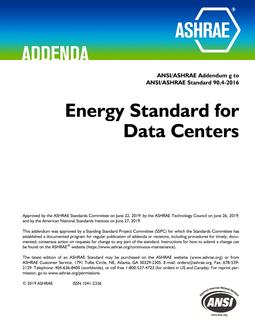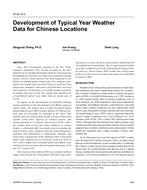Glass bubbles (GB) are hollow silica glass microspheres. These materials have very high effective porosity (greater than 90%) due totheir unique structure. Composites of GB and fumed silica (FS) were evaluated for their potential application in vacuum insulationpanels. Thermal conductivity measurements were performed using the transient plane source technique. Experimental resultsshow that as much as 20% (by volume) GB can be added to FS in order to produce a composite that is similar to pure FS in termsof thermal conductivity up to approximately 1000 Pa (1.45 x 10-1 psi). This result is associated with the ability of FS to form a matrixthat completely envelops the GB particles, which eliminates the large interparticle pores that are responsible for gaseous conductionat low vacuum (greater than 1000 Pa [greater than 1.45 x 10-1 psi]), in accordance with the Kaganer relation. Above 20% GB, macropores beginto form within the composite, leading to a more pronounced increase in thermal conductivity induced by the pressure rise. Theformation of macropores occurred much earlier than the theoretical maximum amount of GB estimated from the product datasheet. This was associated with inhomogeneity in the composite originating from the method of sample preparation.
Citation: Thermal Performance of Exterior Envelopes of Whole Buildings XIII, Conference Papers
Product Details
- Published:
- 2016
- Number of Pages:
- 7
- Units of Measure:
- Dual
- File Size:
- 1 file , 4 MB
- Product Code(s):
- D-BldgConf16-55


